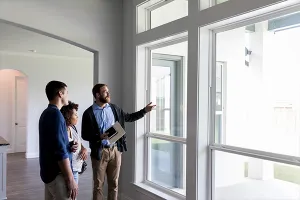
The conversion of empty office space into residential use has been increasingly common to improve the residential housing shortage.
Office vacancies have soared since the pandemic began. In the second quarter of 2022, office occupancy was down by nearly 115 million square feet compared to the first quarter of 2020.
But barriers exist to converting empty office buildings into residential use. The main hurdle: rising construction costs. These costs are curtailing the number of conversions taking place in major metro areas like San Francisco, Washington, D.C., and New York, Gay Cororaton, a research economist for the National Association of REALTORS®, notes on the association’s blog.
However, some markets are more prepared for these conversions. For example, Chicago has the best current potential for office-to-residential conversions, Cororaton notes in her analysis.
“Because there is still a low market-driven incentive for office-to-residential conversion, such conversions—especially to provide affordable housing—are likely to need financial support from the state and local government or even the federal government,” Cororaton says.








